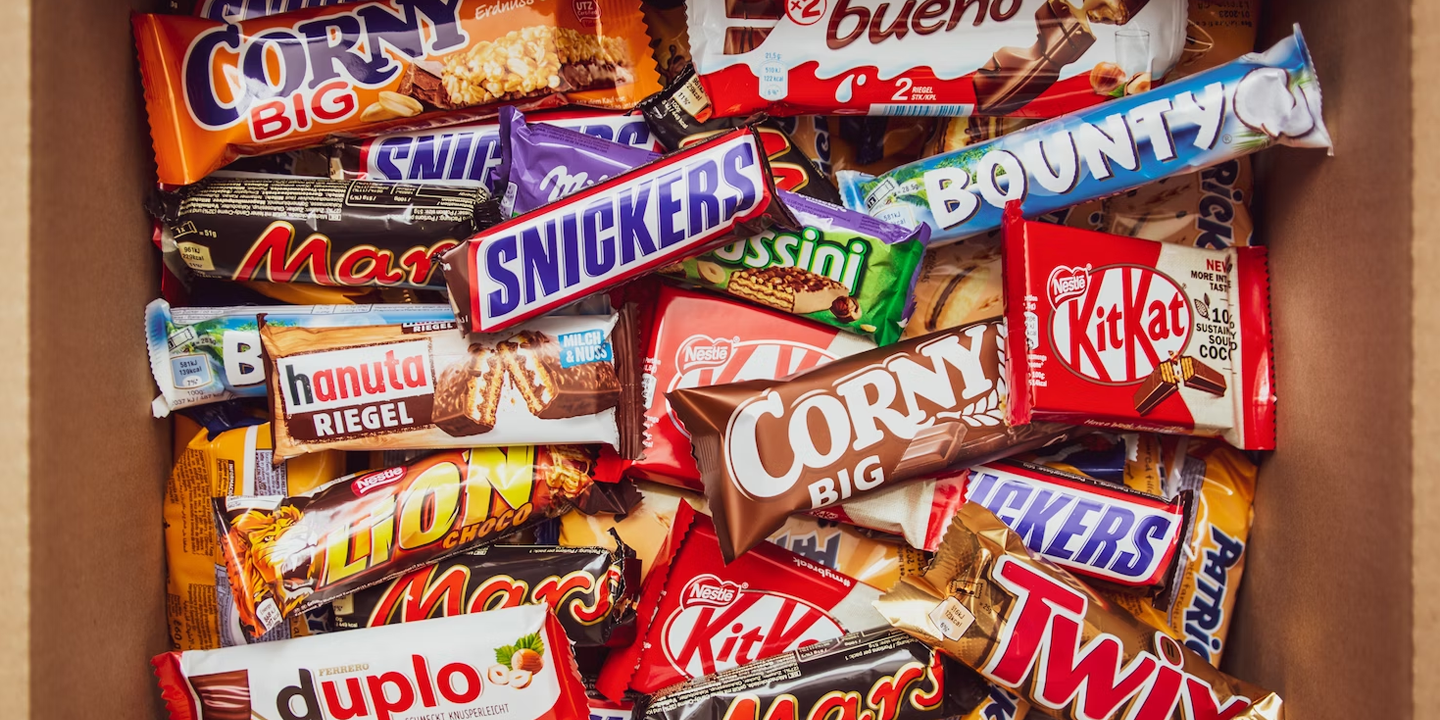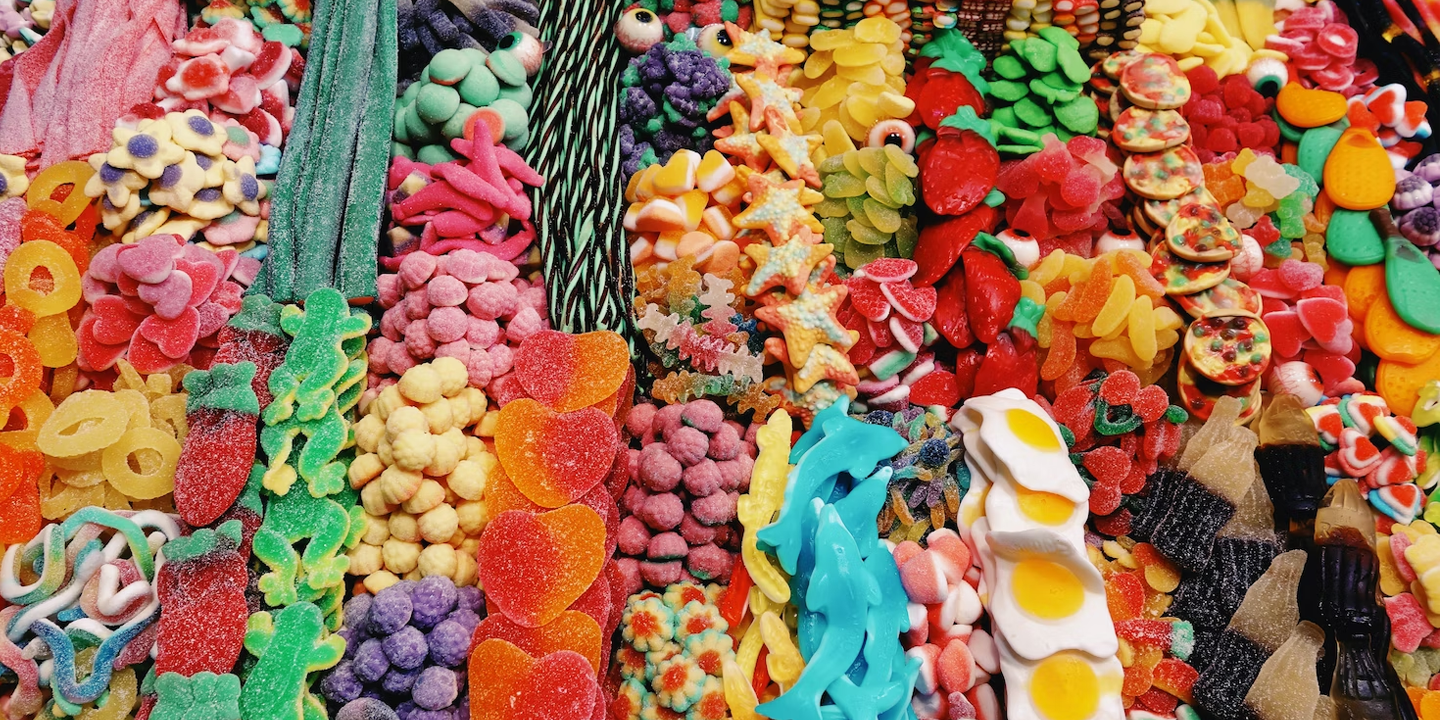The Everlasting Food: The Real Reason Why Honey Never Goes Bad
Open a jar of honey that’s been sitting at the back of a cupboard for years and you’ll find something remarkable: it’s still perfectly good, and not just for a few years. Archaeologists who uncovered King Tut's tomb found a sealed jar of honey more than 3,000 years old that was still good (yes, they tasted it). So, what is the shelf life of honey, and how does it stay good for so long?
What is honey?
Honey is nothing short of a natural phenomenon. Produced by bees from plant nectar, it's a sweet, golden syrup, typically made up of about 80 percent sugar, with a long history of consumption by humans. To create it, bees suck nectar out of plants like flowers, store it in their honey sack, and then transfer it to the hive, where it ripens into food. There are many different kinds of honey differing in flavor and other properties, depending on the type of plant and bee. Other than sugar, it contains some water, traces of minerals, amino acids, enzymes, vitamins, and protein.
The science of honey's shelf life
 Wolfgang Hasselmann on Unsplash
Wolfgang Hasselmann on Unsplash
Honey isn't just long-lasting; it's eternal. There are three main properties that make honey one of the most durable foods on the planet: its water content, acidity, and antimicrobial enzymes.
Honey is hygroscopic in nature, meaning it can attract and hold water molecules from the surrounding environment. This allows it to dehydrate and kill microorganisms, like bacteria or fungi. However, this only works if the honey is properly sealed. If it's left exposed to humidity, it will absorb moisture from the air and its water content will be raised, allowing its sugars to ferment, leading to spoilage.
If you've ever eaten a fermented food like sauerkraut or pickles, you've probably noticed that it tastes tart. This is because acidity creates a hostile environment for microorganisms. Honey has a high pH ranging from 3.2 to 4.5—around the same level as orange juice or vinegar.. So even if moisture sneaks in, honey’s natural acidity keeps unwelcome microorganisms at bay. The main reason for this is the presence of gluconic acid, which is created when the bees convert nectar into honey.
In the process of making honey, bees add a natural enzyme called glucose oxidase, which helps preserve it as it ripens. During this process, a compound called hydrogen peroxide—a powerful antibacterial agent. It also contains a whole slew of other compounds, including polyphenols, flavonoids, methylglyoxal, and bee peptides, all of which play a role in killing a preventing bacteria from multiplying.
When is honey unsafe to eat?
Despite its antimicrobial properties, honey can still go off, but only under certain conditions. Bacteria, yeast, and mold found in a bee's digestive tract or the air can contaminate the honey. These aren't typically harmful to adults, but in rare cases, they can damage the nervous system of babies, so infants under the age of one shouldn't be fed honey. What's more, if bees collect nectar from toxic plants, the toxins can be transferred to the honey, causing dizziness, nausea, and heart palpitations. Honey that's stored incorrectly can lose its antimicrobial properties. It's also an expensive and time-consuming product, so some companies cut corners by adding cheap sweeteners or harvesting too early. This can result in honey that lacks the antiseptic properties that keep it good.
KEEP ON READING

The Most Popular Chocolate Bars in the USA

The Most Popular Candies in the USA






